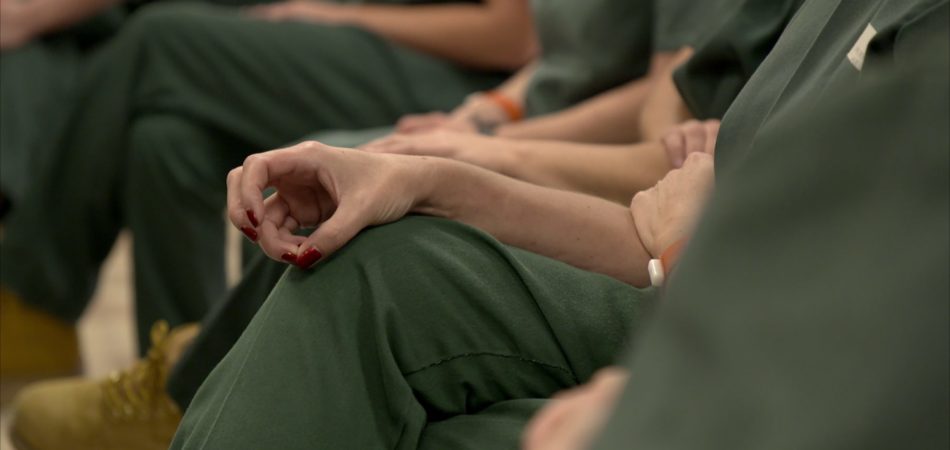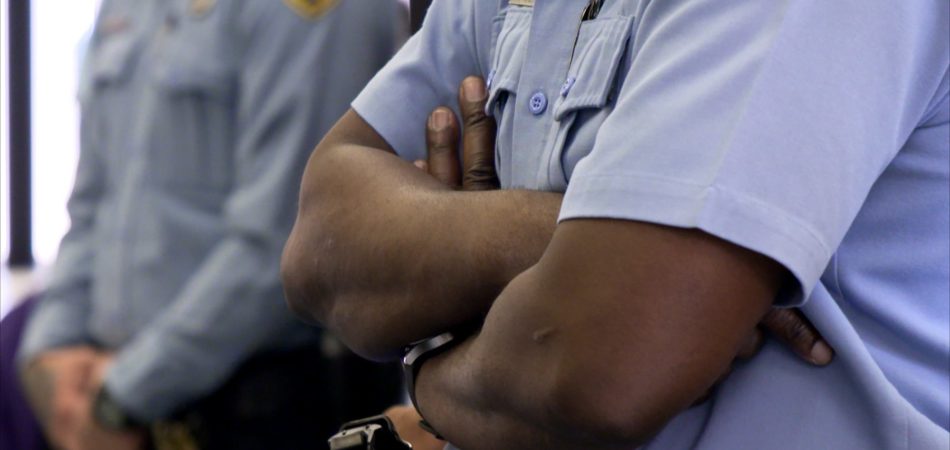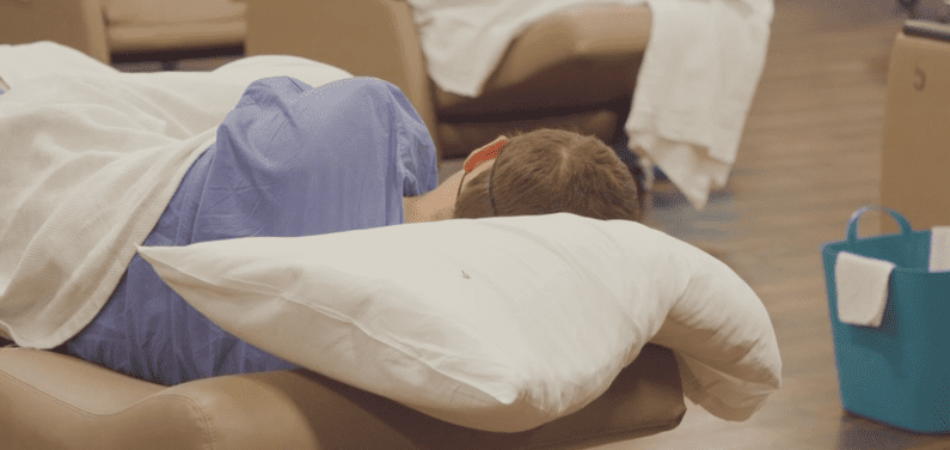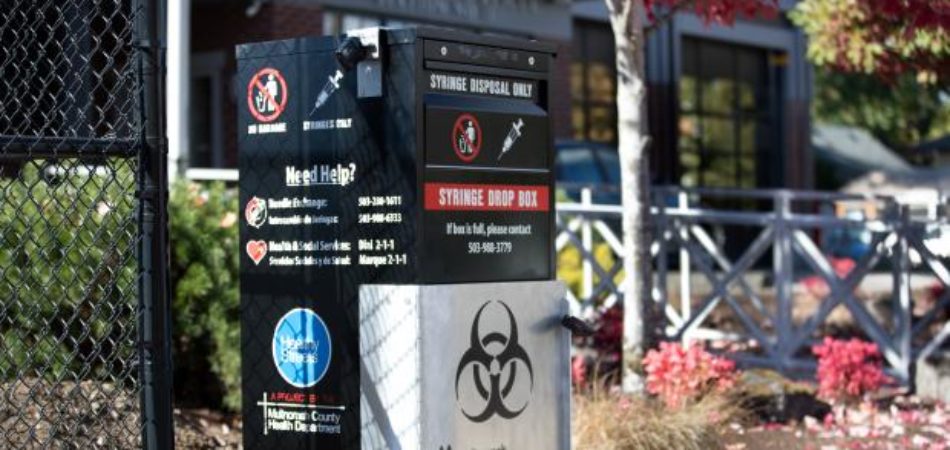The Impact of Probation and Parole Populations on Arrest in Four California Cities
On January 22, 2013 the Council of State Governments Justice Center released The Impact of Probation and Parole Populations on Arrests in Four California Cities. The unprecedented study answers one question that to date has been a matter of speculation among law enforcement and corrections officials everywhere: to what extent do people on probation and parole contribute to crime, as measured by arrests?
The chiefs of the Los Angeles, Redlands, Sacramento, and San Francisco Police Departments commissioned the analysis in 2010. Collecting and analyzing the data required an extraordinary effort spanning 11 independent agencies, including four local police jurisdictions, county law enforcement and probation agencies, two county sheriffs’ departments and the California Department of Corrections and Rehabilitation (CDCR). Researchers at the CSG Justice Center collected and matched more than 2.5 million arrest, parole, and probation records generated between January 1, 2008 and June 11, 2011.
Among the most notable findings in these four jurisdictions:
- The majority of all adult felony and misdemeanor arrests were of people who were not currently under supervision. People under supervision accounted for only 22 percent of total arrests.
- Whereas people under probation and parole supervision accounted for one out of every six arrests for violent crimes, they accounted for one out of every three drug arrests.
- During a 3.5 year period in which total arrests fell by 18 percent, the number of arrests involving individuals under parole supervision declined by 61 percent and by 26 percent for individuals under probation supervision.
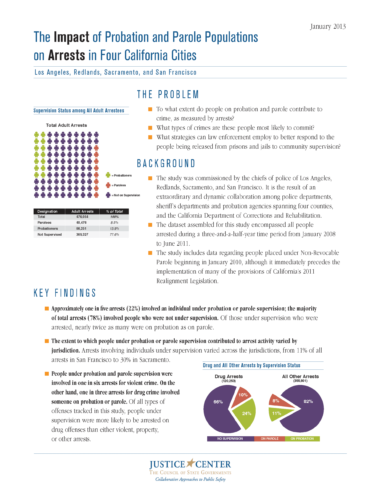
A positive school experience, where a child feels secure, is essential for their well-being. However, for many children…
Read MoreWhen returning to their communities from criminal justice settings, people with behavioral health needs face barriers in accessing…
Read More Supporting Children of Incarcerated Parents: Reimagining School and Community Collaboration
Supporting Children of Incarcerated Parents: Reimagining School and Community Collaboration
A positive school experience, where a child feels secure, is essential for their well-being. However, for many children with incarcerated parents—one in 14 in the U.S.—school can feel far from safe due to stigma, trauma, and a lack of understanding.
Read More Assigned to the Cloud Crew: The National Incarceration Association’s Hybrid Case Management for People with Behavioral Health Needs
Assigned to the Cloud Crew: The National Incarceration Association’s Hybrid Case Management for People with Behavioral Health Needs
When returning to their communities from criminal justice settings, people with behavioral health needs face barriers in accessing basic needs—including food, housing, employment, transportation, education, clothing, and substance use and mental health services—which increases their risk of experiencing a crisis.
Read More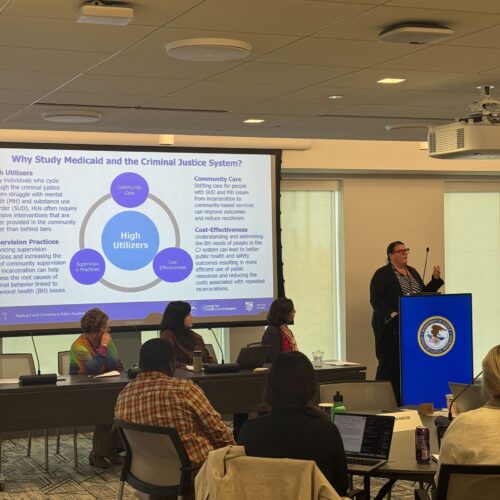 Meet the Medicaid and Corrections Policy Academy Mentor States
Meet the Medicaid and Corrections Policy Academy Mentor States
New Hampshire Department of Corrections Commissioner Helen Hanks presents at the Medicaid and Corrections Policy Academy in-person meeting.
Read More Taking the HEAT Out of Campus Crises: A Proactive Approach to College Safety
Taking the HEAT Out of Campus Crises: A Proactive Approach to College Safety
The sharp rise in school shootings over the past 25 years has led school officials across the U.S. to take a closer look at ways to keep students safe. For Chaffey College in Rancho Cucamonga, California, a tragic incident at a nearby university hit close to home and spurred campus leaders to revisit their own school’s threat assessments and crisis responses.
Read More New Smart Supervision Resident Analyst Program to Increase Supervision Agencies’ Data Analysis Capacity
New Smart Supervision Resident Analyst Program to Increase Supervision Agencies’ Data Analysis Capacity
Ideally, leaders would have actionable data readily available to them when they need it most. However, many agencies encounter significant challenges related to procuring accurate, consistent, and timely data, often grappling with outdated systems and inadequate tools.
Read More